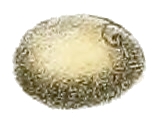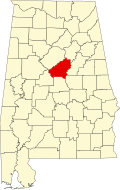| Flat pebblesnail | |
|---|---|
 | |
| An 1870 drawing of the shell of Lepyrium showalteri | |
| Scientific classification | |
| Kingdom: | Animalia |
| Phylum: | Mollusca |
| Class: | Gastropoda |
| Subclass: | Caenogastropoda |
| Order: | Littorinimorpha |
| Family: | Lithoglyphidae |
| Subfamily: | Lithoglyphinae |
| Genus: | Lepyrium W. H. Dall, 1896 [2] |
| Species: | L. showalteri |
| Binomial name | |
| Lepyrium showalteri | |
| Synonyms | |
Neritina showalteri Lea, 1861 | |
The flat pebblesnail (Lepyrium showalteri) is a species of freshwater snail, an aquatic gastropod mollusk in the family Lithoglyphidae. [4]
Contents
This species is endemic to the United States. This snail has been listed as endangered on the United States Fish and Wildlife Service list of endangered species since October 28, 1998. [5]
Lepyrium showalteri is the only species in the genus Lepyrium. [6] Lepyrium showalteri is the type species of the genus Lepyrium. [2] Lepyriidae is a synonym of Lithoglyphinae. [4]



